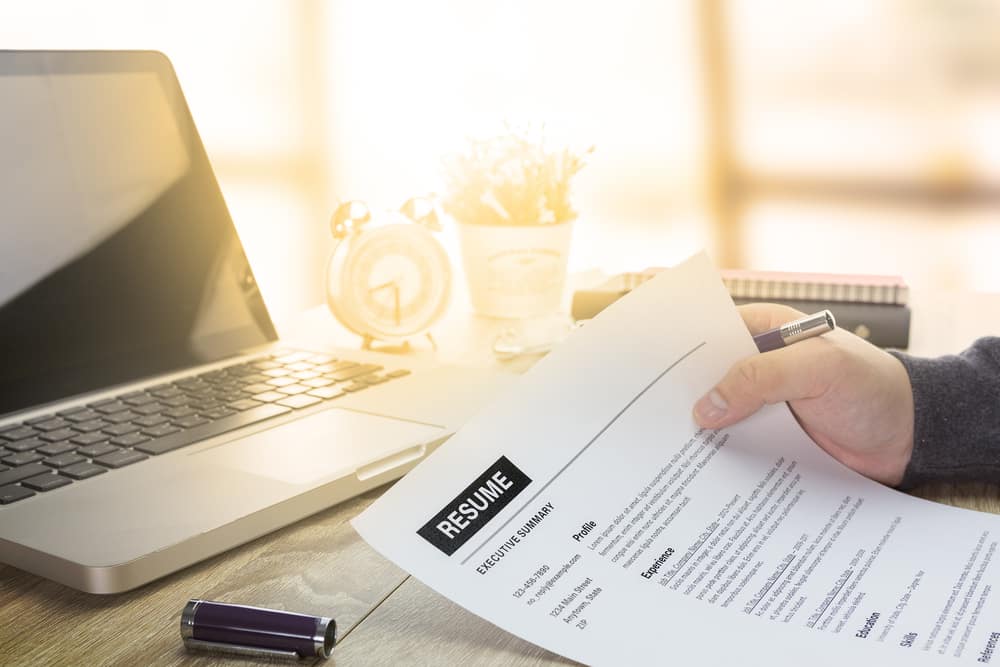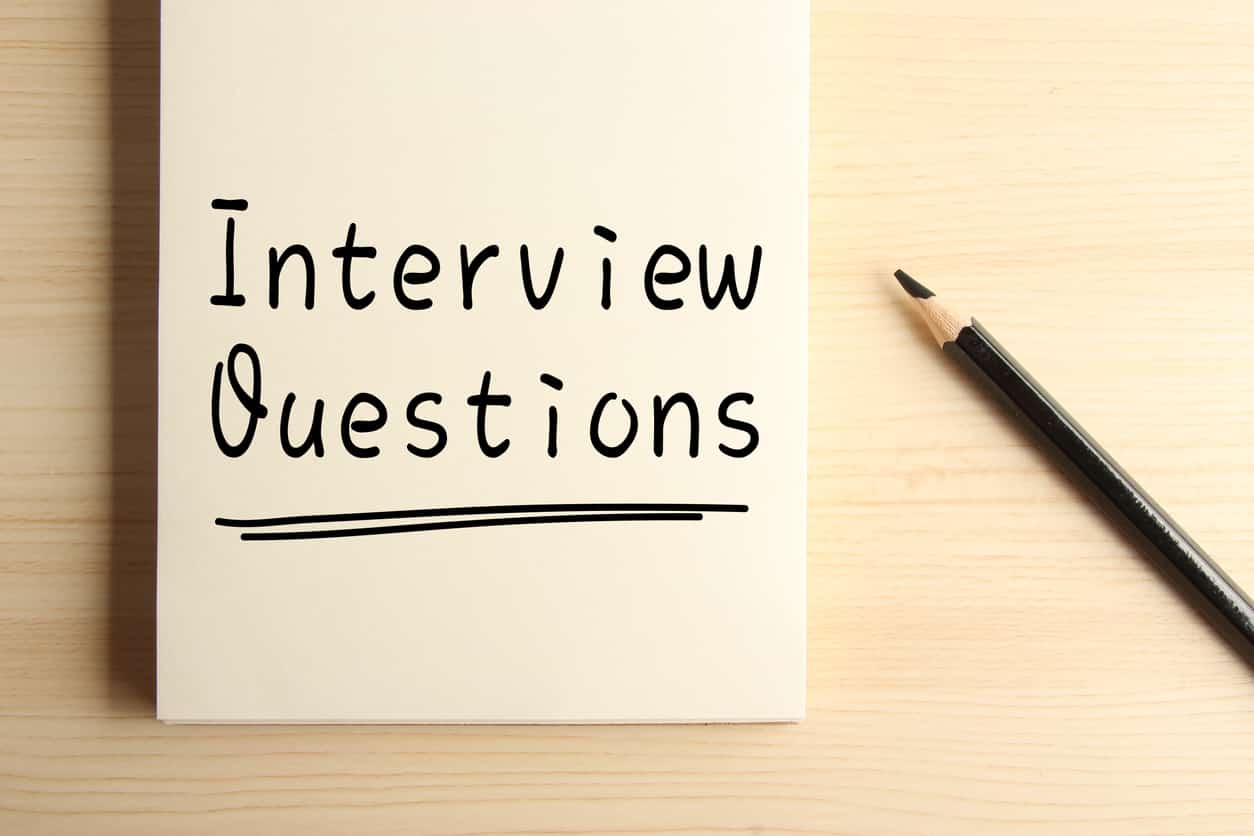When you are applying for a job, it is important to have someone who can vouch for your skills and abilities. This will help the prospective employer learn more about you. We’ve put together a blog on how to list a Reference on your Resume. Read further to learn about reference listing etiquette, how to add references on resume, who should your reference be, and more.
- Introduction
- What is Reference in Resume?
- Reference Listing Etiquette
- How to Add Reference in Resume
- How many references on a resume?
- Who Should be Your Reference
- Should I put “references available upon request” on my resume?
Introduction
The recruiting season is upon us. What are you doing to up your chances of getting hired? Taking an upskilling course, making a killer resume, prepping well ahead of the interview – well, there are so many steps towards a successful job application. But rest assured that your competitors would be doing the same. However, one way to stay ahead of your competition would be to get a reference at the hiring company. Getting one or multiple references will authenticate your application and vouch your candidacy, improving your chances of getting hired. Now let’s get down to the correct ways of references on resumes.
What is Reference in Resume?
An individual who can vouch for your skills and abilities when you are applying for a new job is known as a reference. This individual must be able to speak about your qualifications and skills.
A prospective employer may contact the reference mentioned on your resume to learn more about you. The list of references can be anywhere between one to five. Sometimes, the recruiter will contact any person on the list, and someone they may contact multiple people. Having a strong list of references on your resume can be a great way to showcase that you are qualified for the job role you are applying for.

Reference Listing Etiquette
The first step towards successful reference listing is researching your references, understanding the positions at which they work in the hiring company, and checking if they would be comfortable being put as your reference.
Your reference would be the primary point of contact when recruiters are looking to hire you. Needless to say, choose your reference in a way so that they are willing to vouch for your professional achievements and truly think the company would benefit from your employment.
Once you have done your research and zeroed down on those whom you can cite as a reference, contact them via phone or email, explaining your interest in the role and asking their permission to be put as your reference. Etiquette demands you always check with your potential reference before suggesting their names to HR. Not only does this clear off any unwanted situation but also gives your reference a chance to prepare for the HR interaction regarding your recruitment.
How to list professional references on resume:
- Be consistent. If you are mentioning the full name, professional title and contact information for one reference, be sure to follow the same listing format for all your references.
- Be sure to use the title “References” on your resume before you start listing the individuals.
- Inform all your professional references before putting down their name on your resume.
- Include three to five professional references in your resume.
Also Read: 20 Free Resume Templates to download in 2021
How to Add Reference in Resume
Having a reference in the hiring company can prove to be a real differentiator while comparing you with your competition. However, you should refrain from listing your references in your resume. Ideally, your resume should include your qualifications, work experience, and all other details to establish you as the ideal candidate for the position. Putting your references on the resume will look a little desperate and will do nothing to showcase your capabilities.
Employers value what the reference says about you and since they are the first point of contact, the picture they paint can have a lasting impression on the employer. However, the right way to pitch your references is not through the resume but rather through the HR round.
However, there are exceptions to this practice as well. In some industries, especially where research is involved it’s a common practice to share your reference details in the resume. If you have collaborated with someone from the industry to work on a case study, it is a good idea to put the details of the research, including the reference with whom you worked. In fact, at times, hiring companies themselves provide you with forms to fill in the details of your reference. Make sure to not miss out on any details regarding the reference in such cases. Apart from their contact information, mention your relationship with them and what position they currently hold in the hiring company.
How many references on a resume?
The ideal number of references on a resume is three to five.
There are certain companies that may specifically request for a certain number of references or whether you should include a list of reference in resume. Ideally, three to five individuals should be chosen to be your reference. Choose individuals who can provide a positive endorsement and ensure that they will vouch for your skills and achivements. It shouldn’t come across like you have too less or too many people who will provide a positive feedback.

Who Should be Your Reference
You could request anyone to be your reference as long as they are relevant for the hiring process. The category of references could include the following:
- Former colleagues
- Mentor
- Supervisor
- Former Manager
- Friends
- Business or project partner
- Advisor
Apart from work relations, if you are reaching out to a friend for reference, make sure they are well acquainted with your work and have positive opinions about it. Also, it helps if your reference holds a senior position in the company. So make sure you are well aware of their role in the company. Typically, references do not come up in interviews, but in case they do be sure to present your connection with your reference in a professional manner. Even if they are a personal relationship, mention how they have been crucial in shaping your personality.
Once you are done with the recruitment process, contact and thank your references for their support in the matter.
Should I put “references available upon request” on my resume?
No. Putting the term “references available upon request” is not recommended as it is a thing of the past. It is considered to be a mistake because not only are you consuming valuable space on your resume, but you are also stating the obvious. A recruiter is aware that we can provide a reference upon request and more often than not, will specifiy whether references are required for the job role or not.
Closing Thoughts
We hope you will be able to implement all these tips to land your dream role. Wish you the best. If you have any further queries, leave them in the comments section below and we will try our best to help you out. For more help on professional preparation and upskilling, check out Great Learning Academy, where you will find free courses tailored to your needs.







